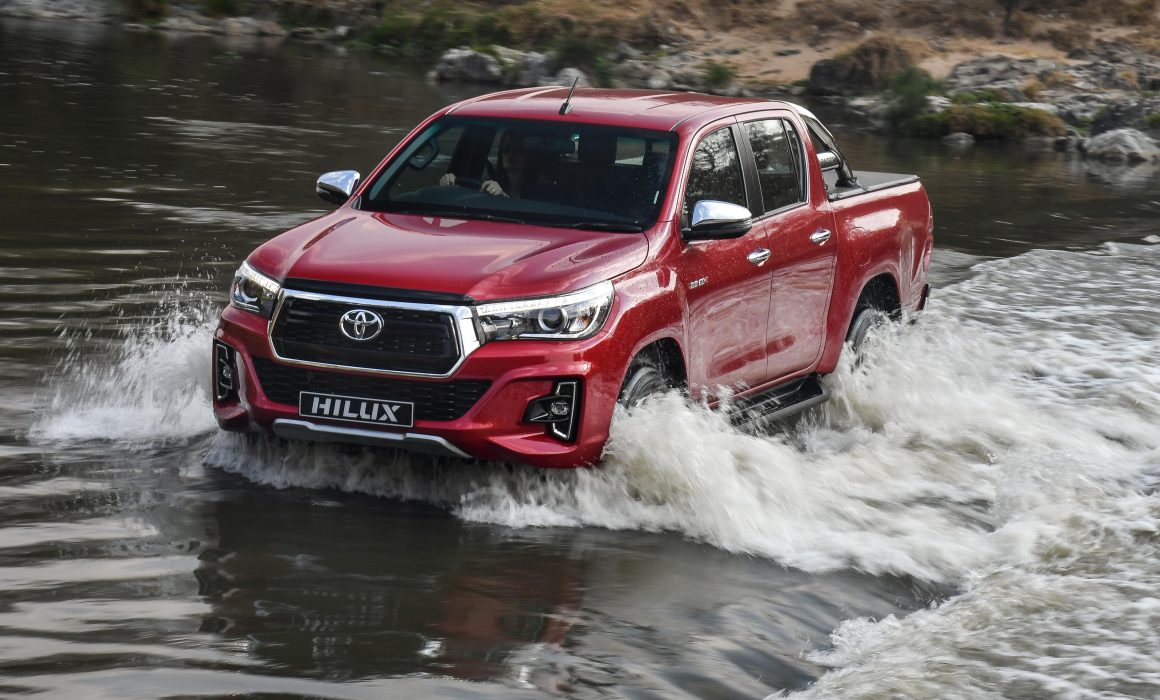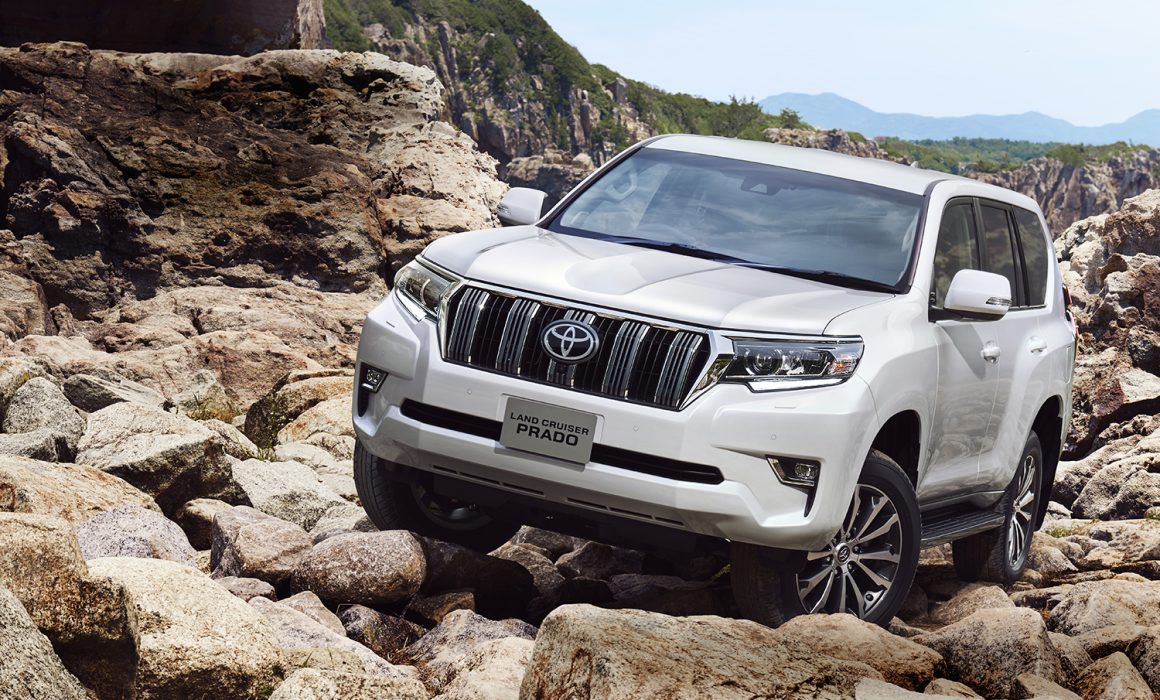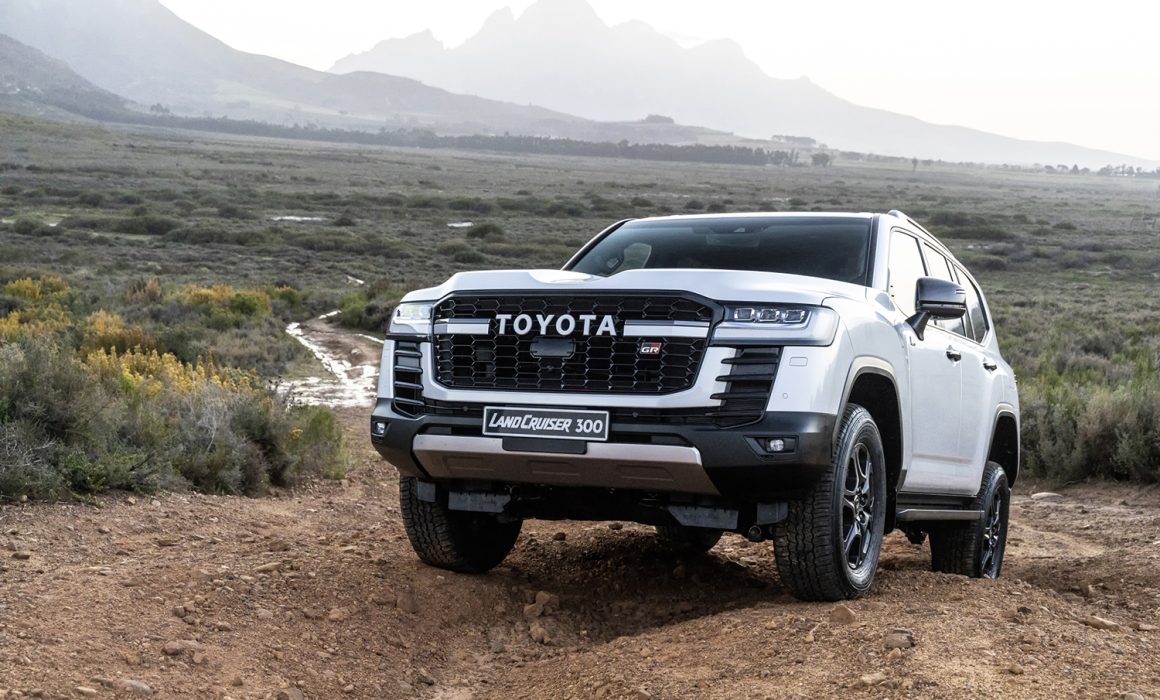Escaping a vehicle after a rollover
-
- The reasons why a vehicle rolls over on its side
A vehicle can roll over due to various factors. Among them are: a sudden, sharp turn when driving at high speeds; sudden braking; a side collision; inadequate or improper driving of a vehicle when driving up or down an incline or impacting a ditch or hole in the road while driving.
-
- Maximum lateral incline angle
In addition to maintaining the proper speed and avoiding sudden changes in direction, steer clear of surfaces or terrain which may give out. Pay special attention when driving on steep hills. The average rollover angle for a vehicle when stopped is 30° on its side and 40° for the front and rear. When the vehicle is in motion, the condition of the terrain contributes to its instability. In terrains with large rocks with holes or ditches, even a 5 degree incline can cause a rollover. It is ideal to “feel” these angles in a controlled environment rst so the driver does not exceed the vehicle’s limits during real-world driving. Many o-road vehicles are modied by their owners, which usually result in increased weight and a shift in the vehicle’s center of gravity, which means the driver should exercise extra caution in these situations.
-
- Escaping a vehicle after a rollover
If a vehicle rolls over, do not panic and proceed with caution.
1. Turn off the engine: Turning o the engine avoids engine oil or fuel from igniting, which may cause additional problems such as burning the engine. If the vehicle is equipped with a pre-heater (usually found on older diesel models) turn this o as well.
2. Prepare your departure: Prepare to exit the vehicle, and always use your seat belt while driving since it will protect you in the event of an unexpected rollover.
3. Release your seat belt: If you are unable to unlatch the belt, cut the strap with a seat belt cutter.
4. Open the door or a window: Open the appropriate window/door to begin your escape. If the door or window are stuck due to a deformation of the vehicle chassis or body, use a hammer to break the window.
5. Escape from the vehicle: Examine to determine if the escape route is secure and exit the vehicle. Avoid proximity to the tires, since the engine or transmission may be hot and the fuel tank may ignite. Evaluate the terrain condition and the vehicle’s stability before you decide which way you will exit.
6. Escape to a secure area: To avoid secondary lesions, step as far away from the vehicle as possible and get help.

-
- Tools which save lives
If a seat belt cannot be removed or if a door or window cannot be quickly opened, the results may be fatal. To prepare for such an emergency, special tools exist. Some of them are a combination of a hammer to break open a window along with scissors/cutter to cut o a seat belt. These are useful to escape a vehicle for both a driver as well as a passenger. The proper tool selection must be done carefully, since there are different sizes. Tools should be placed somewhere easily accessible by the driver even when the vehicle is turned over.
Advanced Techniques
-
- The winch – your easiest way out
Use a cable or a tie strap not only to get unstuck, but also to remove objects, as well as climbing or descending very extreme inclines. A cable or strap can be used to do most of the work in freeing a vehicle. However, straps or winches should never be used to lift up or move people, nor should they be used to lift any other type of object.
A cable or tie strap requires an anchor. Other vehicles may be used as anchors, but natural objects, such as trees, tree trunks or rocks serve best. Choose your appropriate anchor wisely and always make sure it is capable of holding the additional weight.
-
- Operating the winch
1. Depending on the weight of the object you are trying to move, decide on the number of pulleys, the length of the cable, how to hook the cable (for example double/triple line) and the pulling direction.
2. When anchoring the vehicle with the winch, engage the parking brake and put stops on the wheels. You may note that pressing the brake pedals gives additional stability.
3. If required, use an additional anchor to increase stability or avoid the vehicle from shifting out of position.
4. Wrap the anchor with a leather cushion. Also place a blanket or tarp in the center of the winch strap.
5. If possible start the stuck vehicle’s engine and put it in neutral.
6. Point the steering wheels in the direction the vehicle is being pulled.
7. Start the pulling vehicle’s engine and begin to pull.

-
- Retracting the winch cable
Always inspect and carefully retract the winch cable after using. When winding up the cable, make sure you distribute it in an even an uniform fashion in the spindle. Replace the cable if you nd it to be damaged. For more information regarding the winch and cable, refer to the unit’s instruction manual. Never follow a vehicle too closely, since it may suddenly stop when it becomes stuck, and rocks may fly out from under the wheels and may damage your vehicle. In dusty conditions, you should give considerable room between your vehicle and the one in front of you.
*Caravans: When travelling in a caravan, you are responsible for the vehicle behind you, Always keep it within your sight, making sure you are aware if any problems present themselves.
Inspecting before driving over dicult terrain
Before staring the engine
OUTSIDE OF THE VEHICLE
Tyres (including the spare): Check the pressure with a tire gauge and carefully inspect the tires for cuts, damage or excessive wear.
Lug nuts: Make sure there are no loose or missing lug nuts.
Fluid spills: After the vehicle has been parked for some time, verify below the underbody to see there are no oil, water or other spills. Ensure that the water which drips from the air conditioning unit after operation is completely normal.
Lights: Make sure the head lamps, brake lamps, stop lamps, turn signals and other lights are working correctly. Verify the light emitted from the main head lamps.
INSIDE THE VEHICLE
Hydraulic jack and lug nut wrench: Make sure you are travelling with a car jack and the appropriate lug nut wrench for your vehicle. Seat belts: Make sure the seat belts lock firmly.
Also check that the straps are not worn or frayed.
Instruments and controls: Take special care in assuring that the maintenance warning lamps (for example for temperature) are working properly.
Brakes: Make sure the pedal travels smoothly and there are no objects to block its path.
UNDER THE HOOD
Replacement fuses: Make sure you travel with replacement fuses. You should have fuses for the entire range of amps your vehicle has as specified on the fuse box lid.
Coolant level: Make sure your vehicle has the proper amount of coolant.
Battery and cables: All battery cells should be filled to appropriate levels with distilled water. Look for corroded or loose terminals or cracked cases. Make sure the cables and connections are secure.
Cables: Look for loose, damaged or disconnected cables.
Fuel lines: Check for spills or loose connections.

Entering the vehicle
1. Adjust the seat position, seat back, headrest and steering wheel position.
2. Adjust the inside and outside rear view mirrors.
3. Check the locks on all the doors.
4. Check the latch on every seat belt.
Inspecting after driving over difficult terrain
Vehicle condition
The engine and drivetrain components are subjected to intense heat and load when driving off road. Driving in water exposes these hot components even more, which causes even greater wear and degradation.
Mud and sand may stick to the vehicle and cause corrosion. Vehicle parts may also have been damage by rocks or other obstacles in the road.
Basic maintenance
1. Cleaning: Start by washing the vehicle. Focus more on the undercarriage with the following in mind:
Adhered mud can affect tire balance and result in vibrations when driving at high speeds. Check damages on the tires and wheels. Hub caps and tire sidewalls should be examined carefully, since they are subjected to the most damage when driving over rocky terrain. Mud trapped over skid plates and the transmission protector which may cause oxidation. Sand can easily penetrate the arms which hold the axle and bushings which may cause premature wear in other areas of the vehicle. Dust which as adhered to the front of the radiator can reduce the vehicle’s cooling capacity and may even cause rusting.
Quick inspection: Check around the tyres and below the vehicle for any visible damage.
Damage to the vehicle’s chassis or body: Damage to the bumpers should be dealt with immediately, since it can interfere with the tyres’ rotation and/or parts of the drivetrain.
Damage to the drivetrain: Damage to the differential or the transmission axle could cause an oil spill or create unstable steering.
Damage to the brake lines or cables: small rocks could lodge into these components, causing a fluid spill or damaging the cables.
Inclination: Place the vehicle on level ground to determine if the vehicle is tipping to one side.
Quick inspection
After washing and inspecting, the following maintenance procedures may be applied.
1. Sand and dust in the air filter must be removed. This can be done by lightly shaking the air filter. If a large amount of dust remains, consider replacing the air filter entirely.
2. Check the engine lubricant levels. If water has entered the lubrication system, the oil will appear whitish. If carbon deposits are found in the oil system, then the lubricant will blacken more than usual. If you see the oil level below the manufacturer’s recommended level, add as needed. If you are loosing excessive amounts of oil, you must identify the cause and have this repaired at once.
3. The transmission fluid and brake fluid levels should be inspected and verfiied in the event they are below the manufacturer’s recommended levels.
4. Top off the battery cells with the appropriate amount of distilled water.
5. Make sure all the necessary joints on the vehicle are adequately greased.
6. Any damage to the vehicle’s transmission should be checked at an appropriate service center.
7. Damaged tires or wheels should be replaced at once.























